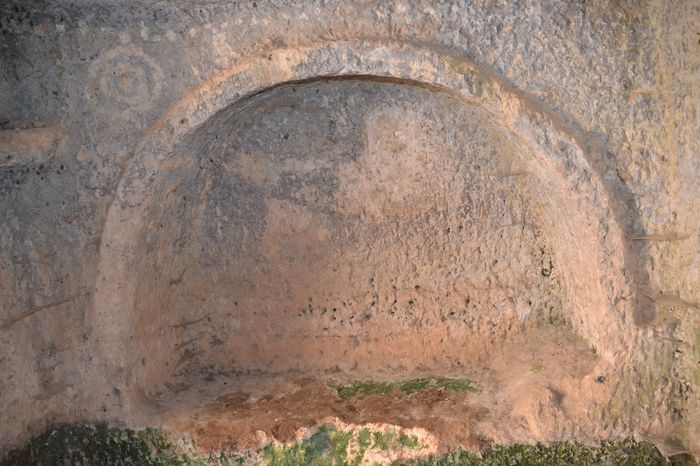Following his triumph in Ionia, Alexander embarked on a remarkable journey through Caria, where a local queen embraced him as an honorary son. The expedition led him to Gordium, where the Phrygians presented him with the famous Gordian knot, a puzzle that he swiftly solved by slicing it with his sword, signaling another favorable omen.
In the fall of 333 B.C., Alexander faced a significant challenge at the Cilician Gates in the Taurus Mountains. Darius, fully aware of the threat from the west, awaited him with a formidable army. Despite being outnumbered, Alexander employed tactical brilliance to secure victory in the Battle of Issus. The Persian forces, confined between mountains and the sea Alexander the Great Conquest and Challenges, were unable to leverage their superior numbers. Alexander strategically positioned himself on the right flank, creating an opening to penetrate the weakened enemy line. His maneuvering led to the capture of key Persian figures, including Darius’ family, concubines, eunuchs, and ambassadors from Athens, Thebes, and Sparta.
The subsequent siege of Tyre proved to be Alexander’s longest battle. Tyre had withstood historical sieges, but Alexander devised a causeway and siege towers to overcome its defenses. The fall of Tyre marked a harsher outcome, with 8,000 Tyrians killed, and 30,000 enslaved after the city’s capture Customized Tours Balkan.
Alexander’s conquests showcased not only military prowess but also strategic innovation, leaving an indelible mark on history.








